Themes /
Temi
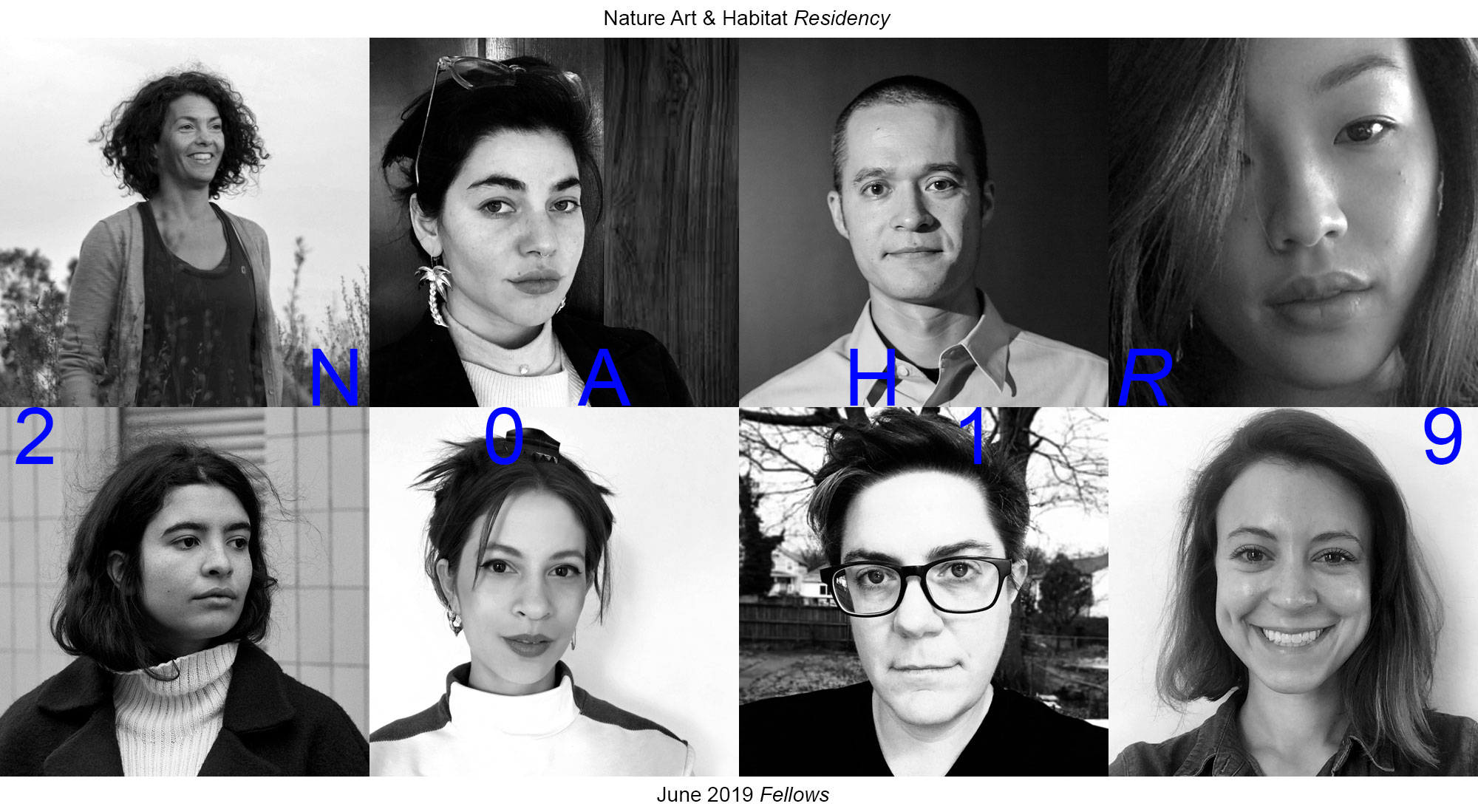
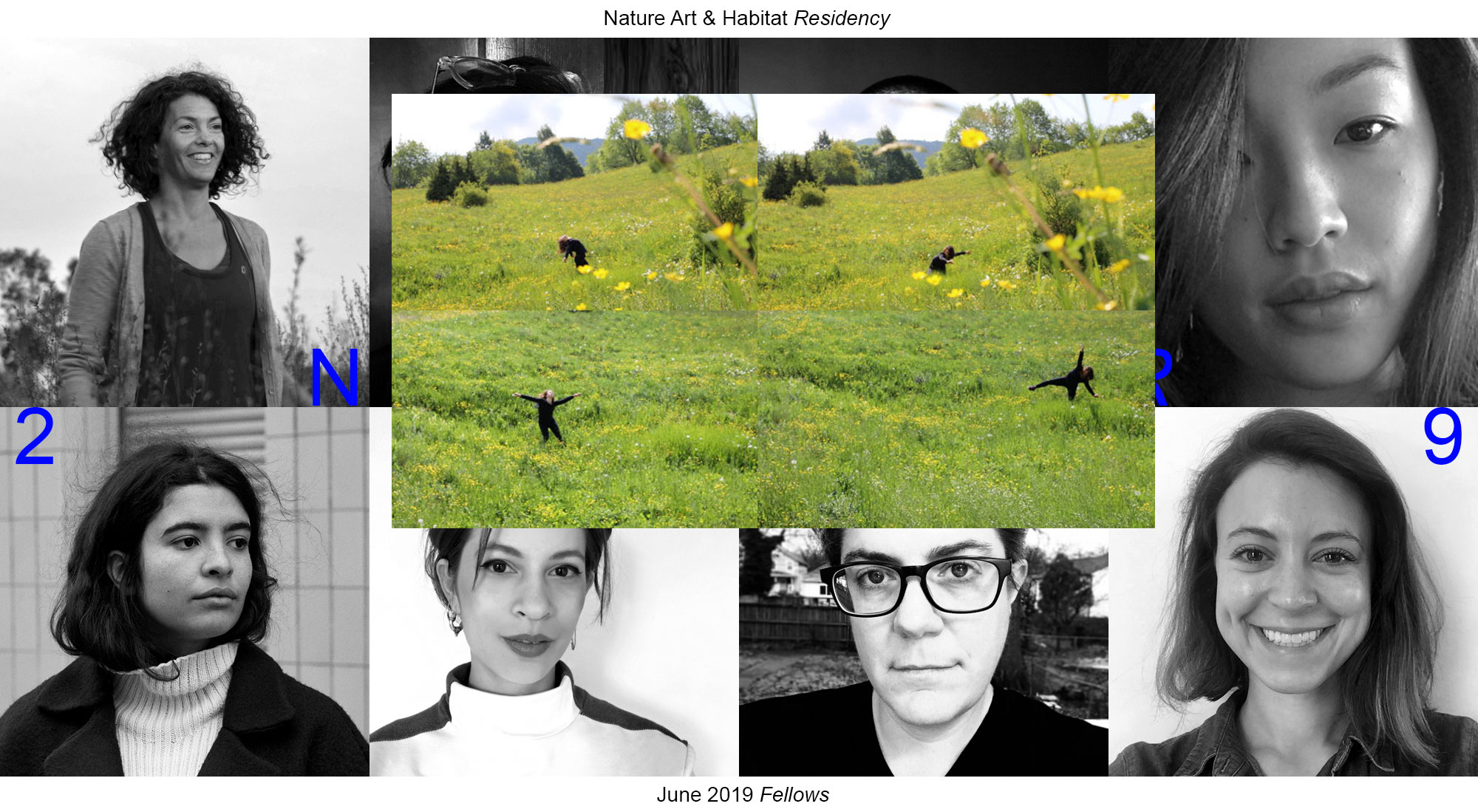
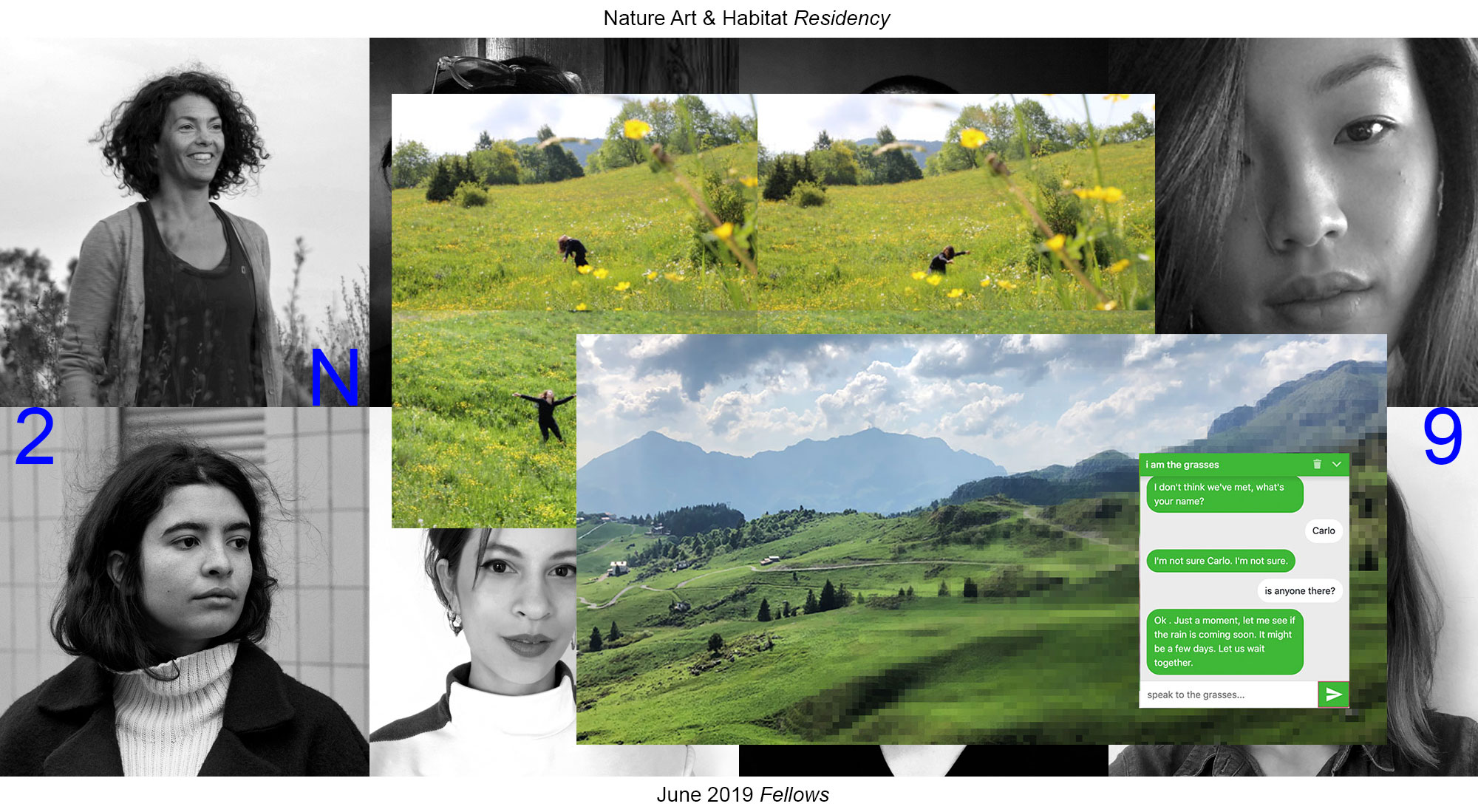

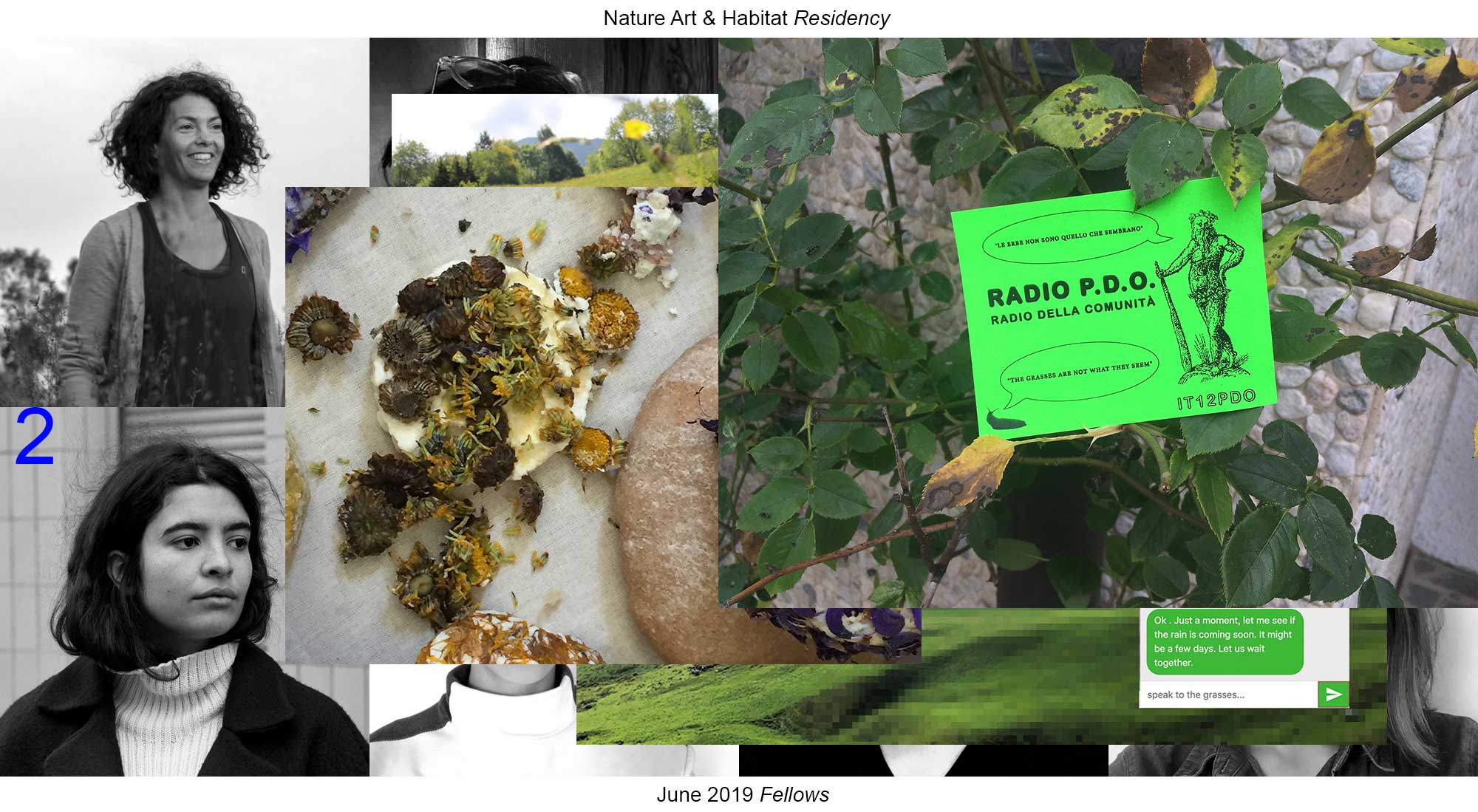


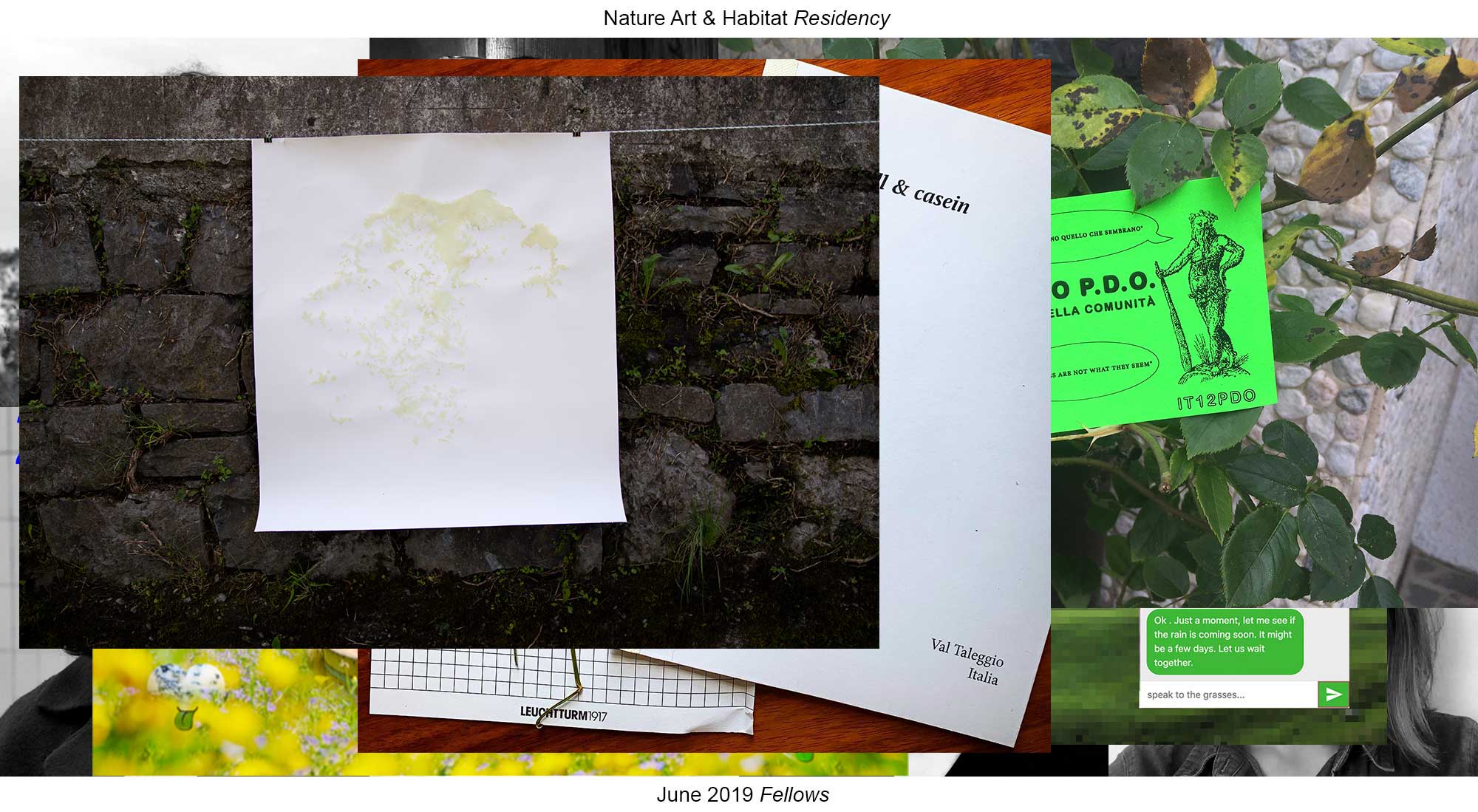
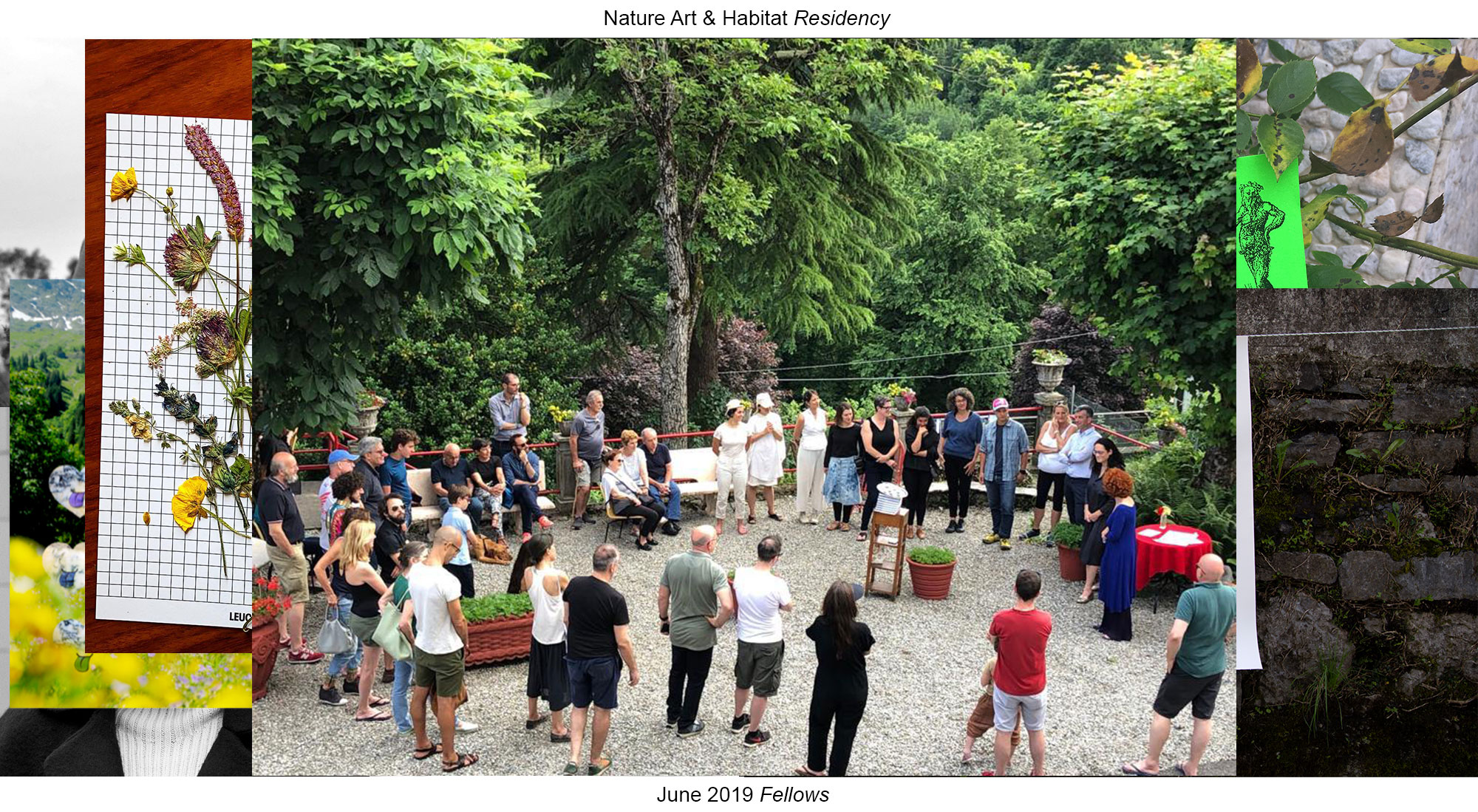


2019
Grasses and Pastures:
Imagining a Regenerative Economy of Cheese
Nature finds itself under an unprecedented assault that demands urgent reconsideration in order to address the legacy of humans’ destructive impacts. The linear productive and consumptive processes implemented by humans impose multiple, complex stresses on ecological cycles in both direct and indirect ways.
Increased awareness of environmental impacts due to the visible effects of climate change around the globe has generated a renewed interest in resilient solutions. Inspired by history and tradition, these solutions must take into account both current lifestyles and aspirations, and unprecedented technological advancements.
This year, NAHR looks at how multiple disciplines coming together can start to address, design, implement and respond to cyclical and seasonal economy. With the Taleggio Valley as case study, one is clearly aware of its largest assets: its biodiversity; its people; and the way the blending of these assets over centuries has generated a rich culture of cheese production - two of the most famous being Taleggio and Strachitunt. The “cheese chain” starts in the high pastures, where the grass is first processed by the animal stock. It then is followed by a cycle of local production and consumption, intertwined with the larger scale global economy that put Taleggio cheeses on the world map. The cycle should be understood holistically as a combination of natural, socio-cultural and economic conditions, and any other influences that one might identify. Components of the cycle include: the biodiversity of the soil, grasses and bacteria; lifecycle elements such as transhumance - the movement of the cattle from their winter location to the summer high pastures, and all the traditions connected to such movement of cattle and people; the structures which host the farmers and the cows, with their traditional stone roofs made with local shale; the cheese making and curing facilities; the form and shape of the cheese; all of the animals involved in the cycle, including the cattle (their gases and the use of manure as fertilizer), the people, and the other fauna who build the ecosystem of the Valley; and concluding with the commercialization of the cheese, and the gastronomy that emerges.
Today the cheese production, distribution and consumption cycle is far from being a circular economy. It is more of a hybrid model that combines the cyclical, traditional character of 'harvesting' the pastures with the more modern linear model of a production and distribution. While many of the elements for a fully circular economic cycle are present, the current system seems to be missing a focal point that would transform it into a fully circular and resilient economy.
NAHR 2019 proposes an exploration of the possible shift towards the cyclical, using an interdisciplinary approach that aims to explore the current situation, and to generate real solutions for real situations and problems. The projects can tackle either one segment of the cycle, or the overall system. Projects can comment on the current processes, or can explore potential changes. Centered on the example of the Valley, the lines of inquiry should aim for general applicability, using the Valley as inspiration for a scalable, transferable, and more universal model of addressing the complex question of linearity and cyclicity in human economic processes.
Linearity versus circularity are two theories of understanding time, space and motion. Some of the research questions we are interested in posing to our applicants include, but are not limited to, the following:
· What does it mean to operate in cycles?
· What regeneration is in today’s disposable consumer society?
· What can we ethically regenerate?
· How are models or cycles of regeneration utilized in your respective disciplines/perspectives and what might it offer to others?
· How will you address or speak to a particular question, and how will your work engage with finding an answer or posing new and unique lines of inquiry?
· Why is the Taleggio Valley an ideal place for your work?
Energy - embodied and direct - and waste can be focus points of interest when looking at inputs and outputs of the lifecycle and restorative economy we aspire to achieve. Residents are invited to identify and develop imaginative ways to connect the elements present in the Valley which are part of the cheese system in order to identify and generate possible cycles in which energy and waste are balanced in a more resilient and efficient way. Depending on the DOMAIN of interest, proposed projects may draw on embodied knowledge to create a response in the form of dance material, art objects, creative writing, white papers, videos, performance pieces and/or documentation of research processes.
Proposals
Experimental explorations that use concepts, theories or methodologies about a circular economy and lifecycle analyses as the framework for a forward thinking action are encouraged. Collaboration across disciplines is particularly encouraged. These explorations can be done in all mediums, and shared at the conclusion of the NAHR in forms including, but not limited to, dance performance, poetry recitation, promenade theatre, art installation, site-specific presentations etc.Within this context, when making submissions, applicants must demonstrate the ways in which their projects will seek to engage with Val Taleggio as a shifting, multi-dimensional space in which local characteristics intersect global dynamics. Applicants should show how they intend to examine elements and ecosystems within the Val Taleggio, where the pasture itself is a particularly abundant resource on which the entire Valley’s lifecycle depends.
This year’s NAHR theme encourages applications which propose an inter- or trans-disciplinary approach across a range of creative forms and modes of expression, which might take the shape of designs, actions, events, and so forth, in which the use of pastures in the economy of the Valley remain a central and key element of the proposal. Projects proposing to observe the pastures with all its elements in both its natural and humanly altered states are especially encouraged.
Together with the NAHW (Workshop), NAHR participants will visit high and low pastures, walk across the mountains, attend dedicated lectures by specialists in the area, and be guided across the surrounding landscapes (natural and built), in order to explore local interconnections and contrast these with those in the neighboring valleys of Brembilla, Brembana, Seriana and Imagna. By offering the opportunity for site-specific investigations, NAHR encourages participants to explore interactions and relationships within the Valley’s ecosystems. We seek to make possible a range of cross-disciplinary research and, in return for offering these opportunities, we expect NAHR fellows to complete culminating presentations (designs, actions, events, so forth) at the conclusion of their time in Val Taleggio.
APPLY (all details at this link)
2019
Erbe e Pascoli:
Prospettive per un’economia circolare del formaggio
La consapevolezza sempre più estesa nel mondo del rischio che corrono gli ecosistemi, genera un rinnovato interesse per lo studio di soluzioni resilienti. Sempre più urgente è un’azione consensuale per affrontare l’effetto degli impatti distruttivi generati da manovre speculative e da processi produttivi e di consumo lineari, causa principale dei complessi fattori di stress sui cicli ecologici.
Con fondamento nella scienza e nella storia, le azioni future devono necessariamente tenere conto sia degli attuali stili di vita che dei rapidi sviluppi tecnologici.
Con questi presupposti, Nature, Art and Habitat Residency 2019 (NAHR) si propone di verificare, attraverso un’analisi multidisciplinare, i contributi per la progettazione e l’implementazione di un’economia ciclica e resiliente.
La Valle Taleggio (BG, Italia), dove NAHR trova ambientazione, rappresenta un valido esempio di come, nei secoli, la comunione di elementi come la sua biodiversità (natura) e la sua gente (cultura), siano stati capaci di generare una ricca tradizione di produzione casearia nel rispetto del territorio.
I formaggi più noti della Valle sono il Taleggio e lo Strachitunt, le cui ‘catene produttive’ prendono origine nei pascoli d’altura, dove l'erba, sana e vigorosa, è la principale fonte di cibo per il bestiame. Il ciclo di produzione e consumo dapprima locale, si intreccia con un’economia a più vasta scala nazionale, per arrivare infine a distribuire i formaggi della Valle Taleggio, dal pregio riconosciuto, nel mercato globale.
L’intero ciclo può essere inteso, in modo olistico, come una combinazione di condizioni naturali, socio-culturali ed economiche. I suoi principali componenti includono la biodiversità del suolo, le erbe e i batteri per la fermentazione, le sorgenti d’acqua e l’aria pura. Altro elemento vitale del ciclo produttivo è la transumanza - lo spostamento del bestiame dai pascoli d’alta quota estivi ai rifugi invernali in pianura - e con essa il radicamento delle tradizioni popolari. Si aggiunge la costruzione nel territorio di rifugi per allevatori e vacche, con i loro tradizionali tetti in argillite, pietra nera locale, e di strutture dalle tipiche forme per la lavorazione e la stagionatura del formaggi.
Gli animali bovini parte del ciclo, contribuiscono a costituire e regolare l'ecosistema della valle, grazie anche all’utilizzo del letame e degli scarti di lavorazione per fertilizzare il suolo.
Conclude infine il ciclo il processo di commercializzazione del formaggio e la ricca gastronomia derivata dal suo impiego.
Ad oggi, il ciclo di produzione, distribuzione e consumo del formaggio è ancora lontano dall'essere considerato rappresentativo di un'economia interamente circolare. Esso costituisce piuttosto un modello ibrido, combinando il carattere ciclico del tradizionale uso dei pascoli con la corrente più moderna, incentrata sul modello di produzione su larga scala e di distribuzione globale. Sebbene siano presenti molti degli elementi del ciclo economico circolare, il sistema attuale appare parzialmente in difetto per trasformarsi e riconoscersi in un'economia completamente resiliente.
NAHR 2019 intende promuovere un’indagine interdisciplinare approfondita dell’economia rigenerativa sul territorio avviandolo ad azioni di circolarità integrale, alla ricerca di possibili soluzioni applicabili a situazioni e problemi contingenti.
I progetti proposti dai ricercatori potranno focalizzarsi sia su un tratto del ciclo che sul sistema più generale, considerando i processi attuali e/o esplorando potenziali cambiamenti.
Usando la Valle Taleggio come luogo di ispirazione, le proposte di ricerca mireranno, per estensione, a divenire modelli applicativi circolari, trasversali e universali, e identificarsi in processi ECO-nomici ed ECO-logici.
Linearità e circolarità rappresentano, di fatto, due opposte teorie per la comprensione di spazio, tempo e moto. L'energia, incorporata e diretta, e i rifiuti possono essere interessanti punti di riflessione quando si analizzano input e output del ciclo vitale dell’economia rigenerativa che aspiriamo a raggiungere.
Ai ricercatori candidati si evidenziano alcune questioni da prendere in considerazione:
- Cosa significa operare in cicli?
- Cosa significa rigenerazione nel modello contemporaneo di società ‘usa e getta’ ?
- Cosa è possibile rigenerare nel rispetto di un’etica?
- Come sono utilizzati i modelli o i cicli rigenerativi nelle differenti discipline e quali sono i punti di tangenza?
- Perché la Valle Taleggio è luogo ideale per il progetto proposto?
- Possibile proporre nuove e più estese linee di ricerca in risposta a specifiche questioni di indagine?
- Come il progetto verrà presentato e articolato?
I ricercatori in residenza sono invitati ad identificare e sviluppare in forma creativa progetti che permettano di mettere in connessione elementi differenti del sistema economico produttivo caseario della Valle Taleggio, al fine di identificare e progettare sistemi in cui l’energia e i materiali di scarto trovino forme di utilizzo più resilienti, equilibrate ed efficienti possibile.
I candidati partecipanti al bando dovranno dimostrare come le loro proposte di progetto intenderanno confrontarsi con lo spazio mutevole e pluri-dimensionale della Valle Taleggio, dove le caratteristiche locali si intersecano sempre più alle dinamiche globali.
NAHR 2019 incoraggia, all’interno dei 4 DOMINI di riferimento, proposte progettuali che abbiano un approccio inter- o trans-disciplinare, attraverso modalità di esplorazione ed espressione sotto forma di disegni, scrittura creativa, oggetti d’arte, video, performance di danza, installazioni, white paper scientifici o economici, recitazione di poesie, teatro itinerante, azioni site-specific sul territorio, eventi per documentare i processi di ricerca.
Sono attese esplorazioni sperimentali che utilizzino concetti, teorie o metodologie basate sui cicli vitali dell’economia circolare, a partire dall'osservazione del territorio della Valle Taleggio – montagne con prati e pascoli – capaci di identificare peculiarità ed elementi chiave di analisi, proporre progetti appilicabili agli stati, naturali e antropomorfici del territorio per sviluppare azioni lungimiranti.
Il programma di residenza, svolto in associazione con NAHW (Workshop), prevede visite e passeggiate in alta montagna, ricognizioni territoriali, conferenze dedicate per guidare i partecipanti all'osservazione e all'analisi dell’ambiente, naturale e costruito, all’esplorazione di relazioni e interazioni all'interno dell'ecosistema vallare e delle Valli limitrofe (Brembilla, Brembana, Seriana ed Imagna) fino al gioiello della città di Bergamo.
ISCRIVITI



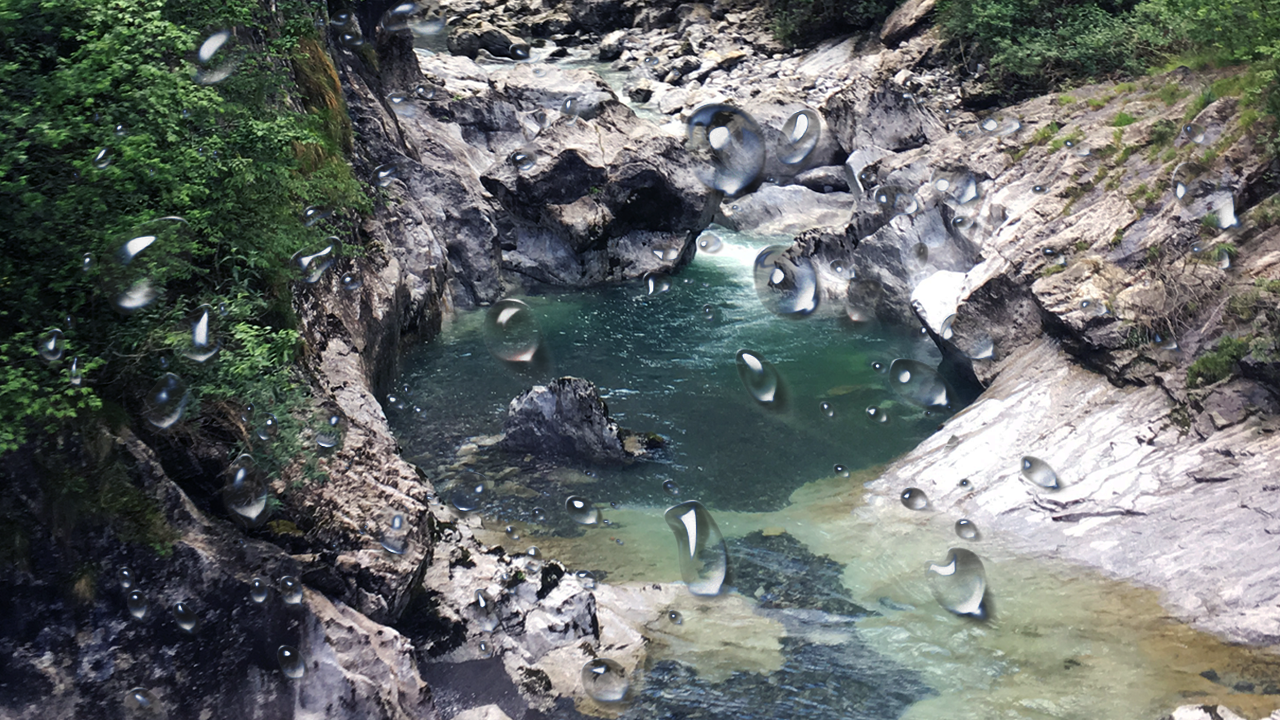
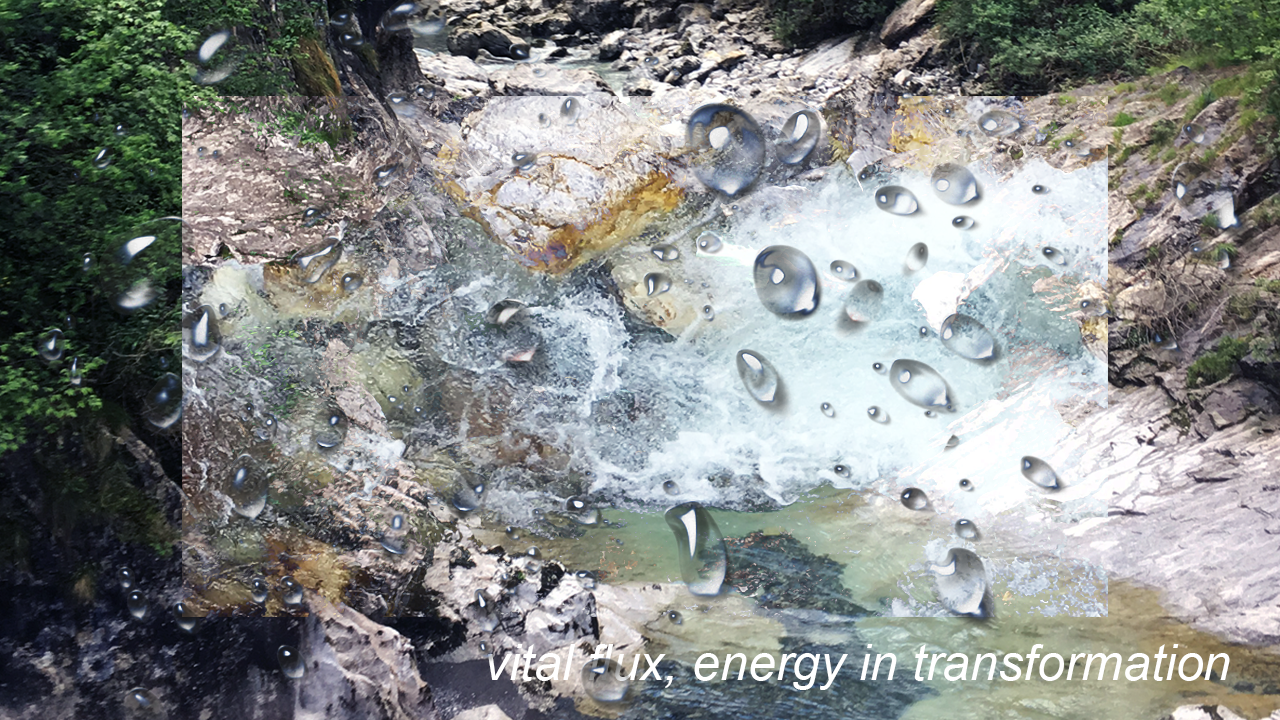
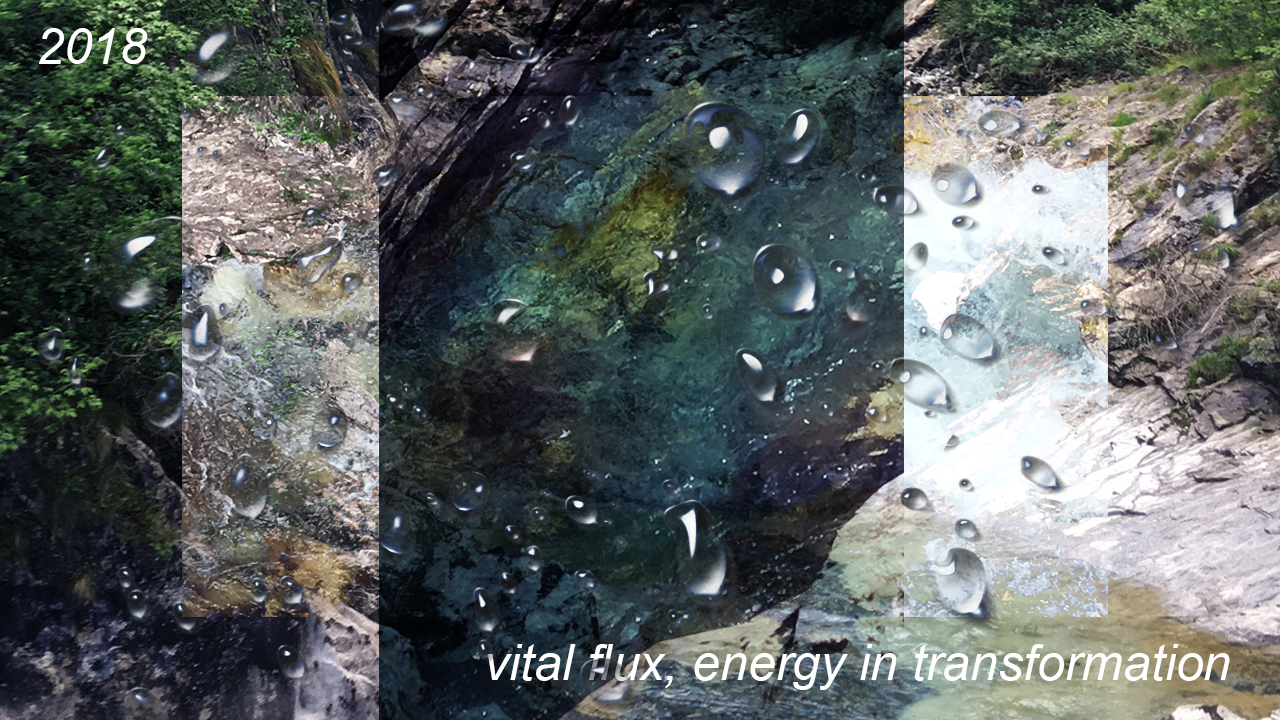

2018
Water
Vital Flux, Energy in Transformation
APPLY
WATER is life and indeed a source of life; an essential, primordial element. Water plasmas the other natural elements, flows generatively to precipitate diversifications across habitat and ecosystem, carving landscapes and islanding continents. Water is a means of access, energy, sustenance, and survival.
Its simple chemical composition – two hydrogen molecules, one oxygen – gives means to mutating, metamorphic abilities. Ceding and absorbing energy, shifting from liquid into solid into gaseous states, water is an always-changing agent propagating continuous cycles: the crystallizations (ice, snow), evaporations (rainfall), the many forms of condensation (fogs, mists, cloudform) and on … in multifarious textures, water’s omni-shapes can shift a place into recognizable patterns.
Water has always flowed. Humans have long sought to stem, staunch, divert, channel (in short, instrumentalize, for our own purposes) this most precious asset. Water flow today is characterized by alteration and interference bent it seems (no matter the cost) on economic profit. The understanding that water is indispensable gives cause now to reflect; in our current era of destabilization and imbalance, we ask applicants to place their submissions within wider strategic contexts, and to make proposals for projects based across the four domains stipulated by NAHR: Regenerative Economy, Bio-Inspired Design and Architecture, Body Performing Nature, Designed Futures, Technology & New Media). Project proposals should focus toward heritage management and ethical action: how and by which means to ensure the continuing flow of this common resource?
The present geological era of the Anthropocene – where humans and our activities are considered the main cause of climatic mutation and environmental imperilment – perhaps marks a new moment in the ethical life of water. We ask applicants to consider the impact of channeling finite resources toward industrial-scale mining/ manufacturing/ agricultural (and aquacultural) enterprises: which (if any) action is plausible? Is the capitalistic control of finite water resources significantly altering its flow, and are we creating consequences both unpredictable and unmanageable?
The 2018 edition of the Nature, Art and Habitat Residency dedicates its program to the theme of WATER, understood here as vital to the flow and flux of the Val Taleggio landscape, an irreplaceable, transformative source of energy.
In the contexts of this pre-Alpine landscape, water is an abundant and indeed dominant element: the streams, lakes, rivers, snows, canyons all supplement and nourish a lush, proliferating, verdant valley. The Val Taleggio area benefits from abundant rainfall, but is also increasingly exposed to the effects of climate change, reflected in a series of recent meteoric events often accompanied by significant localized impact (landslides, floods, rockfall) which affect and risk profoundly altering the area’s ecological dynamics. Within these contexts, when making submissions applicants must demonstrate the ways in which their projects will seek to consider Val Taleggio as a shifting, multiplicitous space:
Proposals
2018 Residents may propose innovative, forwards-looking projects in two principle areas, connecting to two different scales:
The Natural Environment:
Applicants will show how they intend to examine elements and ecosystems within the Val Taleggio, where water is a particularly abundant resource. In the valley, water follows a clear seasonal cycle: snow packs, springs, brooks, streams, waterfalls, rivers, and lakes across grasslands, pastures, marshes, forests, laacc (man-made water storage spaces in the mountains’ higher reaches), and so forth; water causes both short and long term transformations (floods, landslides, cultivation; valleys, canyons, mountains).
The Cultural & Built Environment:
Water-diverting infrastructures exist across Val Taleggio on both micro- and macroscopic levels. More subtly, locals have across the ages constructed old mills, laac, canals and basins by means of distributing and harnessing water. On a far larger scale, and beyond the scope of local contexts, major works also exist (dams, hydro power stations) and these of course impact on the viability of communities in the valley.
This year’s NAHR theme encourages applications which propose an inter- or trans-disciplinary approach across a range of creative forms and modes, and these might take the shape of designs, actions, events, and so forth, in which water remains a central and key element of the proposal. Projects proposing to observe water in both its natural and humanly diverted states are especially encouraged. The mountains around Taleggio Valley are relatively under-populated, and across the ages water has flowed unimpeded into the lower reaches of the valley; the San Pellegrino Mineral Water factory exports its products all over the world, and is located just 15 km away. This company is an emblematic reference point, its products signifying in images of purity. We intend to invite participants to travel upstream and deeper into the valley, toward the groundswells and fonts of local communities and their topologies.
Together with the NAHW (Workshop), NAHR participants will visit a series of springs, walk across the mountains, attend dedicated lectures by specialists in the area, and be guided across the surrounding landscapes (natural and built), so as to explore local interconnections and contrast these with those in neighboring valleys (Brembilla, Brembana, Seriana and Imagna). By offering the opportunity for site-specific investigations, NAHR encourages participants to explore interactions and relationships within the valley’s ecosystems. We seek to make possible a range of cross-disciplinary research and, in return for offering these opportunities, we expect NAHR fellows will acquit project outcomes (designs, actions, events, so forth) as the culmination of their time in Val Taleggio.
BREAKING NEWS Jan 2018: a 300 Euro scholarship offered by BIM BG will be awarded by the jury to a Fellow working on the Orridi Life Cycle!
2018
Acqua
Flusso Vitale, Energia in Trasformazione
ISCRIVITI
L'ACQUA è fonte di vita, elemento primordiale, essenziale e indispensabile per ogni organismo vivente, è flusso spaziale fruibile a tutti gli ecosistemi, plasma gli elementi naturali, genera diversificazione, habitat, intaglia il paesaggio e crea accessibilità, fornisce sostanze nutritive e fonti di energia. Riconosciuto il valore fondamentale della risorsa acqua, fonte di vita e bene indispensabile, l'uomo ha sempre cercato di trarne i massimi benefici.
La sua semplice formula chimica – H2O, due molecole di idrogeno e una di ossigeno, unite da un legame covalente polare, racchiude in sé molteplici proprietà chimico – fisiche, come la capacità metamorfica di passare dallo stato liquido a quello solido e gassoso, cedendo ed assorbendo energia. Il ciclo continuo di trasformazione permette all’acqua sia di cristallizzarsi, trasformandosi in ghiaccio e neve, costituendo così una importante riserva idrica nel tempo, sia di evaporare, generando piogge ristoratrici per una natura rigogliosa.
L’acqua è in trasformazione continua, mediante scambi non solo energetici ma anche chimici con gli elementi in natura, grazie ai quali si arricchisce di sostanze minerali e acquisisce molteplici proprietà note sin da tempi remoti: fertilizzanti per la terra e curative per gli esseri viventi. Tali proprietà trovano applicazione in molti settori, dalla medicina, all’agricoltura, , alla produzione di energia, all’industria.
Nell’attuale era geologica dell’Antropocene – era in cui l'uomo e le sue attività sono considerati le principali cause delle mutazioni ambientali e climatiche – anche l’acqua viene introdotta in una nuova fase temporale di reclamo di forti azioni ecologicamente integrate. I cambiamenti climatici, caratterizzati da calamità naturali di intensità crescente, congiunti ad una predominante logica di controllo e di sfruttamento di questa risorsa, comportano una rilevante alterazione del ciclo vitale dell'acqua, con conseguenze imprevedibili e spesso non controllabili.
Il flusso dell'acqua oggi è caratterizzato da numerose "interferenze" che alterano i rapporti naturalità/artificialità, fruibilità/benefici, sempre più piegati al profitto economico.
Ad esempio la realizzazione di opere idrauliche sui corsi d'acqua ha spesso portato ad una diminuzione di fruibilità di tale risorsa per gli ecosistemi (con conseguenti sbilanciamenti ecologici) e insorgere di condizioni di pericolosità idrogeologica.
Nella nostra epoca i numerosi segnali di squilibrio dei rapporti naturalità/artificialità, fruibilità/benefici ci devono condurre a riflettere sulla sua limitata e controllata disponibilità e qualità.
L’acqua è elemento fondante, abbondante e dominante del paesaggio prealpino della Val Taleggio. L’acqua è in questo territorio direttamente reperibile nelle forme dei nevai, ruscelli, laghi, torrenti, fiumi; così come nella proliferazione di una rigogliosa vegetazione tipica del territorio di aree boscate e prative.
Ispirandosi al contesto strategico in cui il bando di residenza NAHR 2018 si inserisce, chiediamo ai candidati di formulare innovative proposte progettuali di gestione sostenibile e rispettosa della risorsa acqua e del suo flusso vitale e spaziale, sia dal punto di vista tecnico-economico che etico, estendendone la valenza e l'applicabilità a contesti strategici di riferimento più ampi. I progetti si inquadreranno nei quattro domini previsti da NAHR: Economia Circolare; Arte, Design e Architettura bio-ispirati; Corpo & Natura e Tecnologie & Nuovi Media.
Proposta
Il territorio della Valle Taleggio offre sul tema dell’acqua una duplice lettura:
Ambiente Naturale:
Ecologico, paesaggistico e naturalistico in cui l’acqua, risorsa particolarmente abbondante nella valle, appare nel suo ciclo vitale (nevai, sorgenti, ruscelli, torrenti, cascate, laghi e fiumi, ma anche prati, alpeggi, acquitrini, boschi, laacc, coltivazioni, fauna), e nelle dinamiche di trasformazione di lungo periodo (valli, canyon, doline) e di breve periodo (inondazioni e frane).
Ambiente Costruito:
Infrastrutturale, antropico sull’uso dell’acqua. Rappresentato da piccole opere, realizzate per la fruibilità locale: come gli antichi mulini, i laacc (pozze per abbevere le vacche), i canali e i bacini di raccolta, le fontane e i lavatoi con minor impatto; e da grandi opere con impatti ambientali di portata maggiore, quali sbarramenti, piccoli bacini artificiali, centrali elettriche, opere infrastrutturali realizzate nelle aree di pertinenza dei corsi d'acqua.
La tematica progettuale del programma di residenza NAHR 2018 incoraggia l’interpretazione dell'elemento acqua in tutte le forme espressive e creative: progetti, analisi, azioni, interpretazioni, eventi, etc - degli ecosistemi ad essa connessi.
Il contesto di inserimento progettuale nella Val Taleggio si presta particolamente allo scopo in considerazione della scarsa antropizzazione delle alture che consente di osservare il fluire dell'acqua in una forte naturalità, via via decrescente verso la pianura. Tra le opere di rilevanza locale, lo stabilimento termale dell'Acqua Minerale San Pellegrino, nota ed esportata in tutto il mondo, a soli 15 km di distanza dal centro abitato della Valle Taleggio, rappresenta un emblematico riferimento nella storia del territorio bergamasco.
Il programma di residenza, svolto in associazione con NAHW (Workshop), prevede visite alle sorgenti, passeggiate in alta montagna, ricognizioni territoriali, conferenze dedicate per guidare i partecipanti all'osservazione e all'analisi dell’ambiente, naturale e costruito, all’esplorazione di relazioni e interazioni all'interno dell'ecosistema vallare e delle Valli limitrofe (Brembilla, Brembana, Seriana ed Imagna) fino al gioiello della città di Bergamo.
NOTIZIA Gennaio 2018: una borsa di 300 Euro offerta da BIM BG verra’ assegnata dalla giuria ad un residente che lavorera’ ad un progetto sul ciclo di vita sugli Orridi!

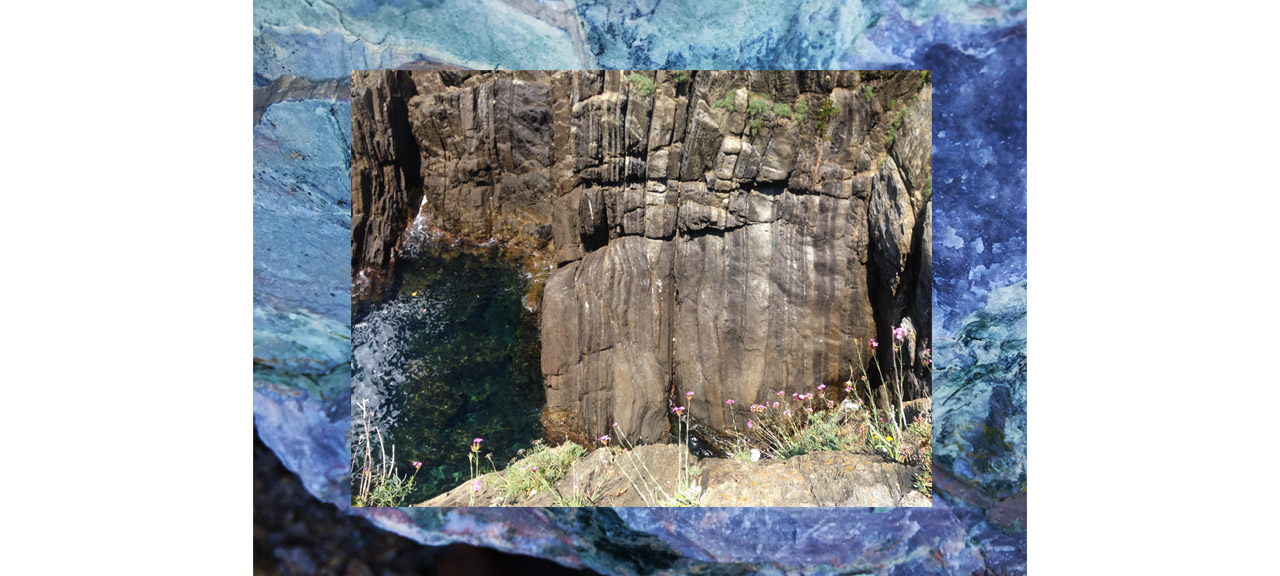
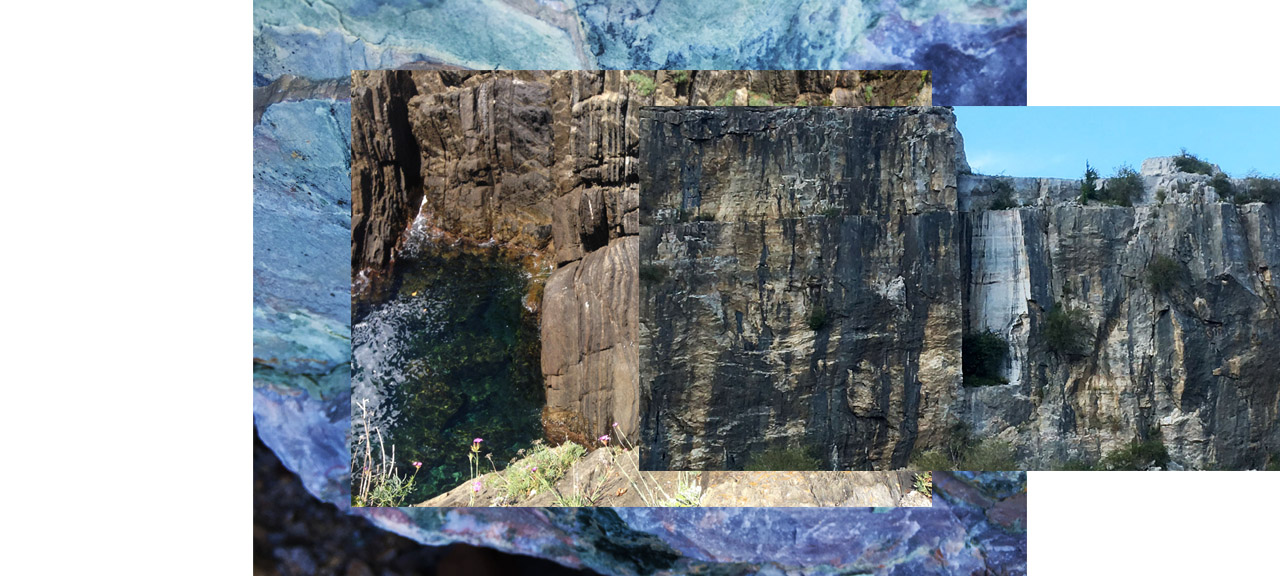
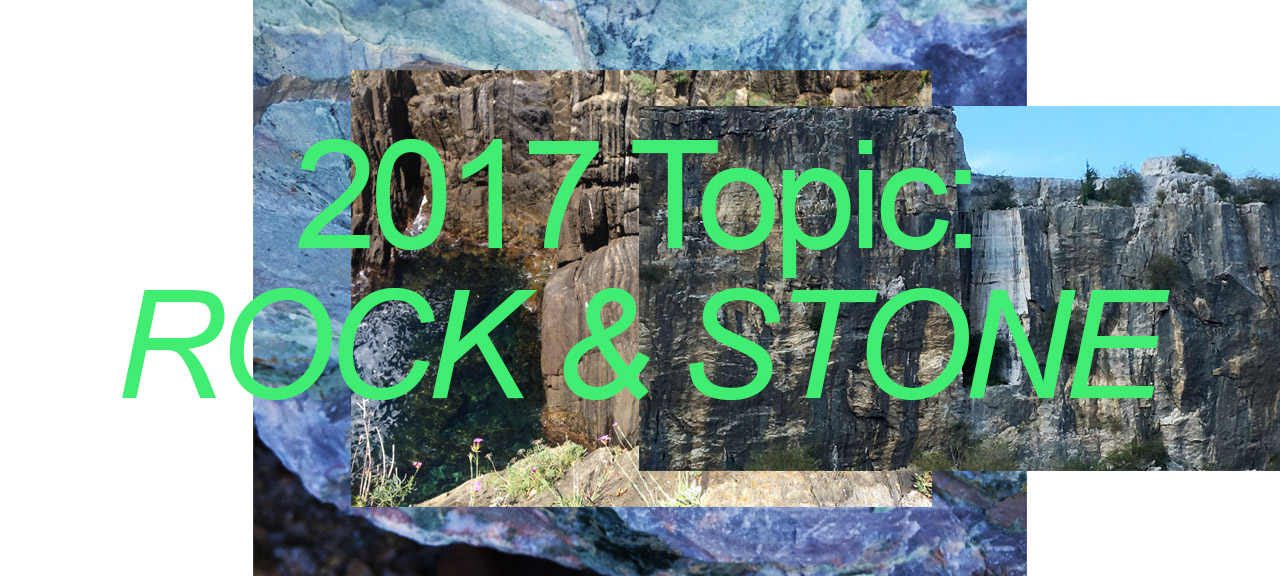
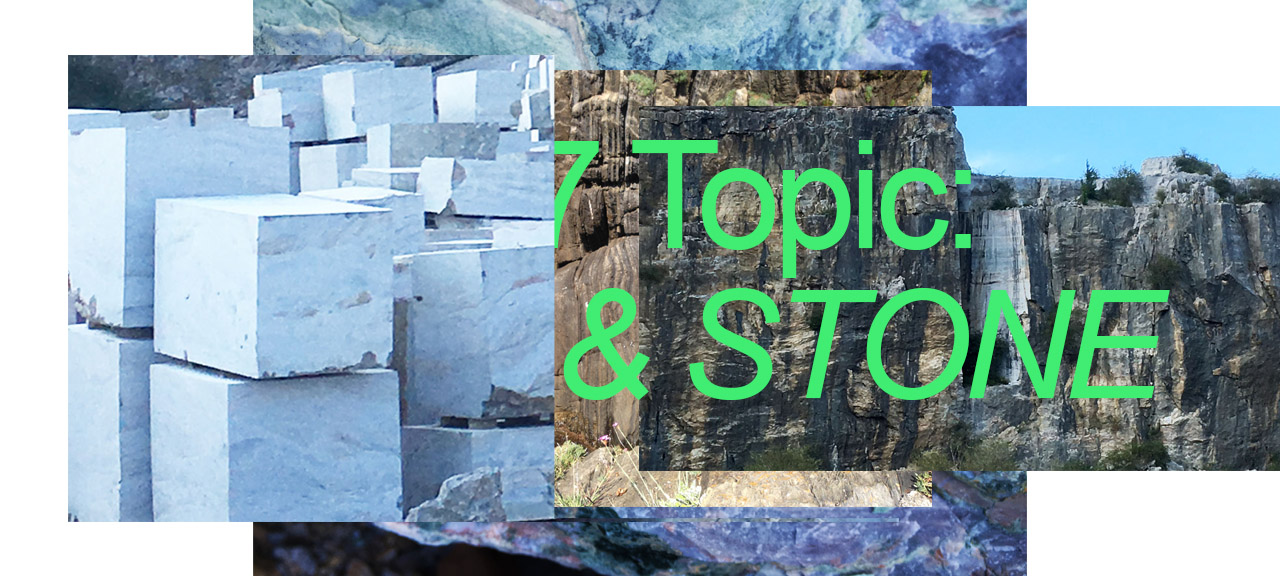
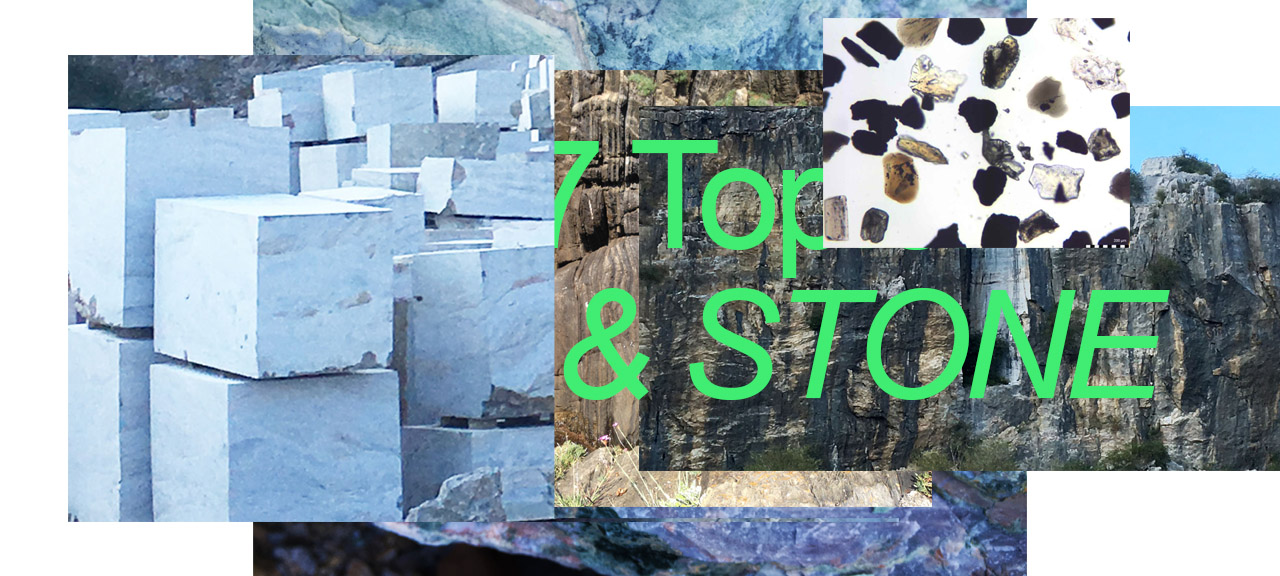

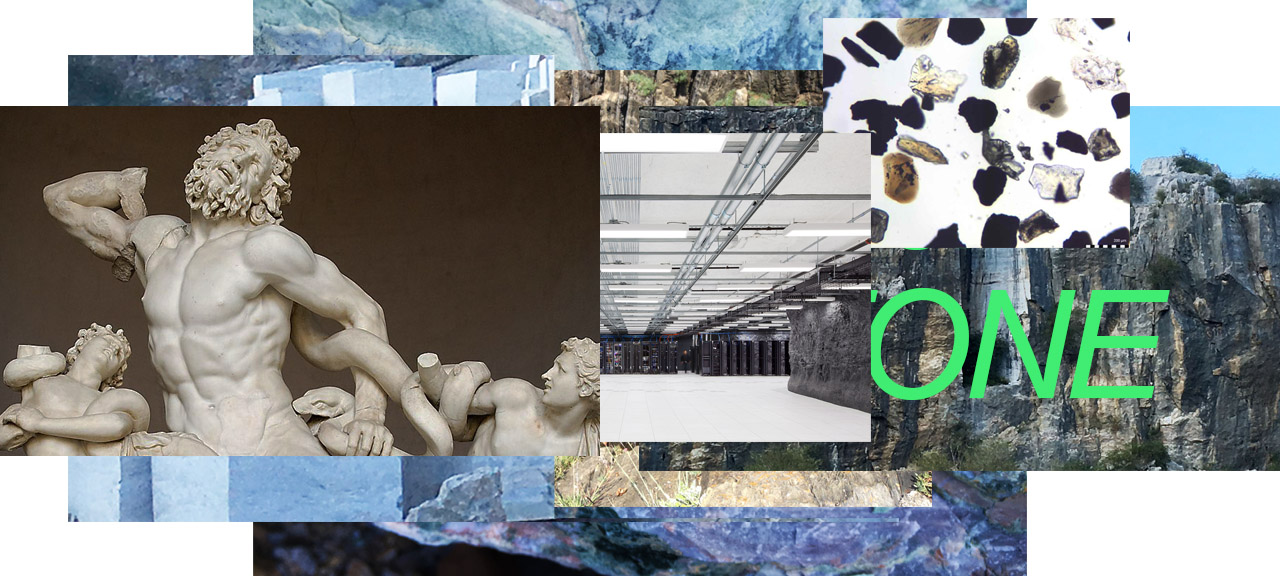

2017
Rock & Stone:
Material Culture and Cultures of Making
NAHR’s multidisciplinary laboratory propels innovative and creative thinking. Annually dedicating research toward a specific natural element so as to examine the resiliency of the ecological systems located in Taleggio Valley, NAHR is pleased to launch the 2017 summer residency, entitled Rock and stone: material culture and cultures of making.
Rock represents the substrate of life, and gives shapes to the natural landscape, conferring character to vernacular built environments. Rock has been used for human tools, and the tradition of shaping and sculpting rocks continues today. Rock is also used to create concrete, that most common of construction materials, and it is at the basis of silicon that gives substance to the hi-tech world, a paradigm shift to mark the onset of the current Anthropocene geological age. Revealing connections between the natural and artificial, rock is both a repository of the geological past as well as a material that shapes our future.
NAHR’s 2017 theme will explore the material that also constitutes the foundations of the Taleggio Valley. Omnipresent at different scales – from the monumental mountains to the sedimented minerals, from the historical traditional architecture to structural details and small handmade objects – the presence of rock can initiate material and poetical explorations to inspire and encourage creative design actions.
Visits to quarries, walks to the mountain peaks, dedicated lectures by specialists will guide the observation and analysis of the rock surrounding NAHR, and this summer’s residency program expects to explore interactions and relationships within the valley’s ecosystem by offering site-specific investigations and opening up the possibility of a range of inter- and cross-disciplinary research opportunities.
2017 Residents may propose innovative, forwards-looking projects in two principle areas, connecting to two different scales.
Geological:
The mountains, peaks and valleys, the nearby sand and rock quarries, and the canyon drive through the “Orridi”.
Architectural:
The “baita”, rural farm construction built out of rocks and with stone-based roofs (piöde); dry walls structuring the cultivated fields; construction know-how, craftsmanship, and decorations on Liberty style building facades.
In addition to these, we suggest that rock can also represent the magic of a poetic unfolding or evolution, inasmuch as the rocks located in Taleggio Valley reflect seasonal changes, refractions and diffusions of light and shapes which find their way into the forms of local arts and crafts that continue to link us to a local cultural identity that sees, finally, the XXI century as a place for further exploration, research, and development.
Rock & Stone:
Cultura materiale e culture del fare
Laboratorio multidisciplinare di NAHR stimola il pensiero innovativo e creativo. Annualmente dedicando la ricerca a uno specifico elemento naturale per esaminare la resilienza dei sistemi ecologici situati nella Valle Taleggio, NAHR è lieta di lanciare la residenza estiva 2017, intitolata Rock and stone: cultura materiale e culture del fare.
La roccia rappresenta il substrato della vita e dà forma al paesaggio naturale, conferendo carattere agli ambienti costruiti vernacolari. Il rock è stato utilizzato per strumenti umani e la tradizione di modellare e scolpire le rocce continua ancora oggi. Il rock è anche usato per creare il cemento, il più comune dei materiali da costruzione, ed è alla base del silicio che dà sostanza al mondo hi-tech, un cambio di paradigma che segna l'inizio dell'attuale periodo geologico antropocenico.
Rivelando connessioni tra il naturale e l'artificiale, il rock è sia un deposito del passato geologico che un materiale che modella il nostro futuro.Il tema di NAHR 2017 esplorerà il materiale che costituisce anche il fondamento della Valle del Taleggio. Onnipresente a diverse scale: dalle montagne monumentali ai minerali sedimentati, dall'architettura tradizionale storica ai dettagli strutturali e ai piccoli oggetti fatti a mano, la presenza del rock può iniziare esplorazioni materiali e poetiche per ispirare e incoraggiare azioni creative di design.
Visite alle cave, passeggiate alle cime delle montagne, lezioni dedicate da specialisti guideranno l'osservazione e l'analisi del rock che circonda il NAHR, e questo programma di residenza estiva prevede di esplorare interazioni e relazioni all'interno dell'ecosistema della valle offrendo indagini site-specific e aprendo la possibilità di una serie di opportunità di ricerca inter- e interdisciplinare.
I residenti del 2017 possono proporre progetti innovativi e orientati al futuro in due aree principali, che si collegano a due diverse scale.
Geologica:
Le montagne, le cime e le valli, le vicine cave di sabbia e roccia e il canyon attraversano gli "Orridi".
Architettonico:
La "baita", costruzione di fattorie rurali costruite con rocce e con tetti in pietra (piöde); muri asciutti che strutturano i campi coltivati; il know-how costruttivo, l'artigianato e le decorazioni sulle facciate degli edifici in stile Liberty.
Oltre a questi, suggeriamo che il rock può anche rappresentare la magia di un dispiegamento poetico o di un'evoluzione, in quanto le rocce situate nella Valle del Taleggio riflettono cambiamenti stagionali, rifrazioni e diffusioni di luce e forme che trovano la loro strada nelle forme delle arti locali e mestieri che continuano a collegarci a un'identità culturale locale che vede, finalmente, il XXI secolo come luogo per ulteriori esplorazioni, ricerche e sviluppi.
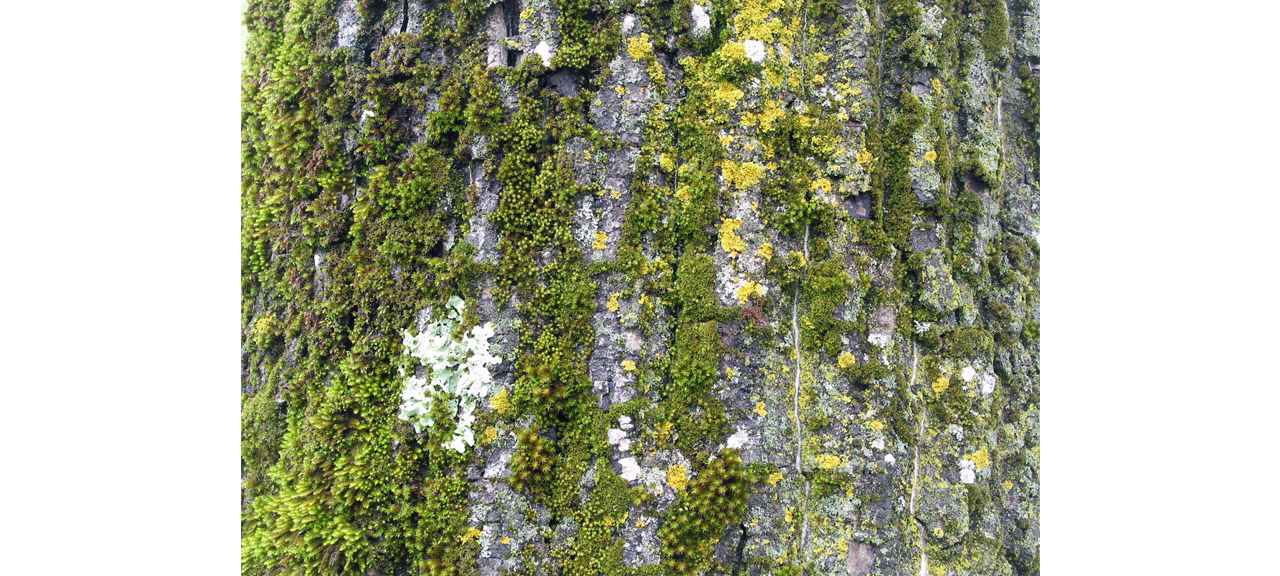
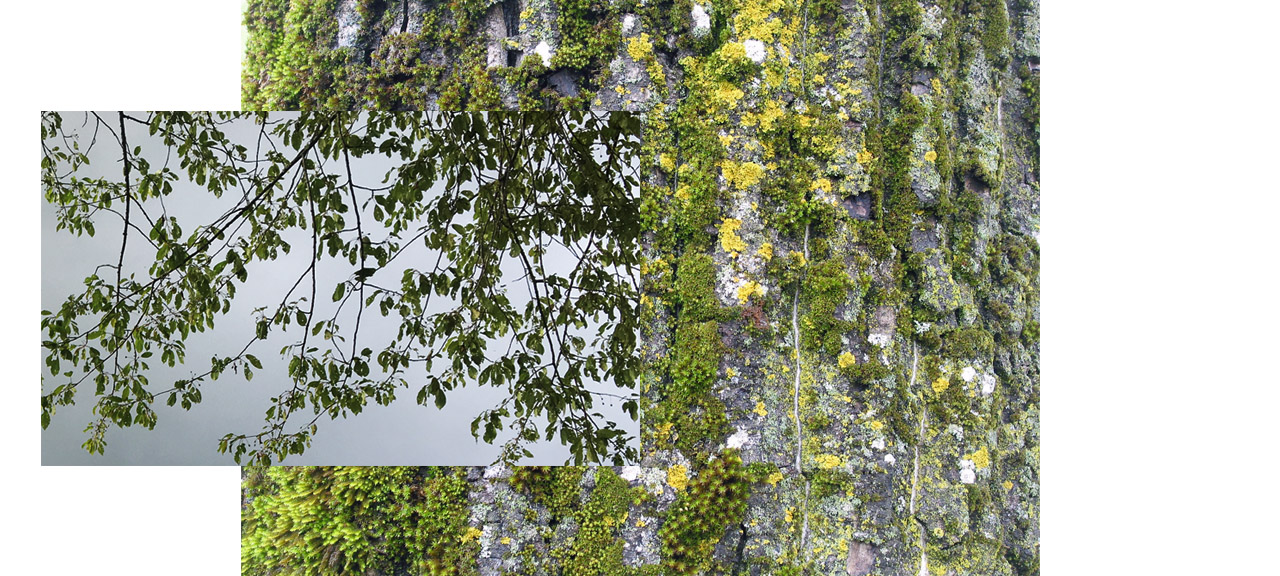
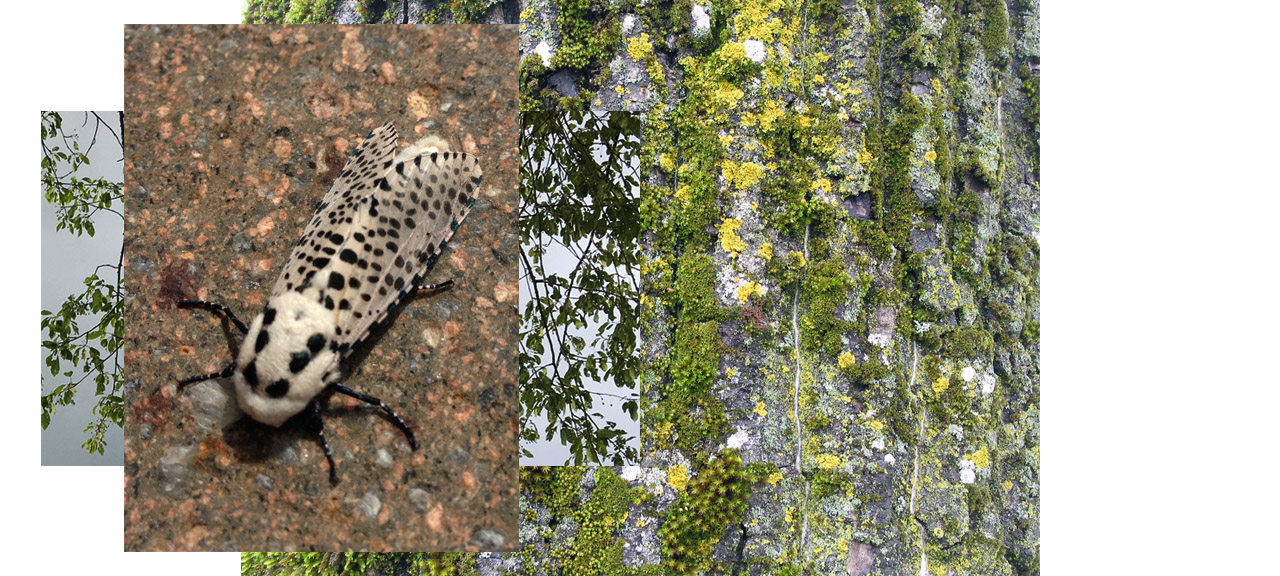
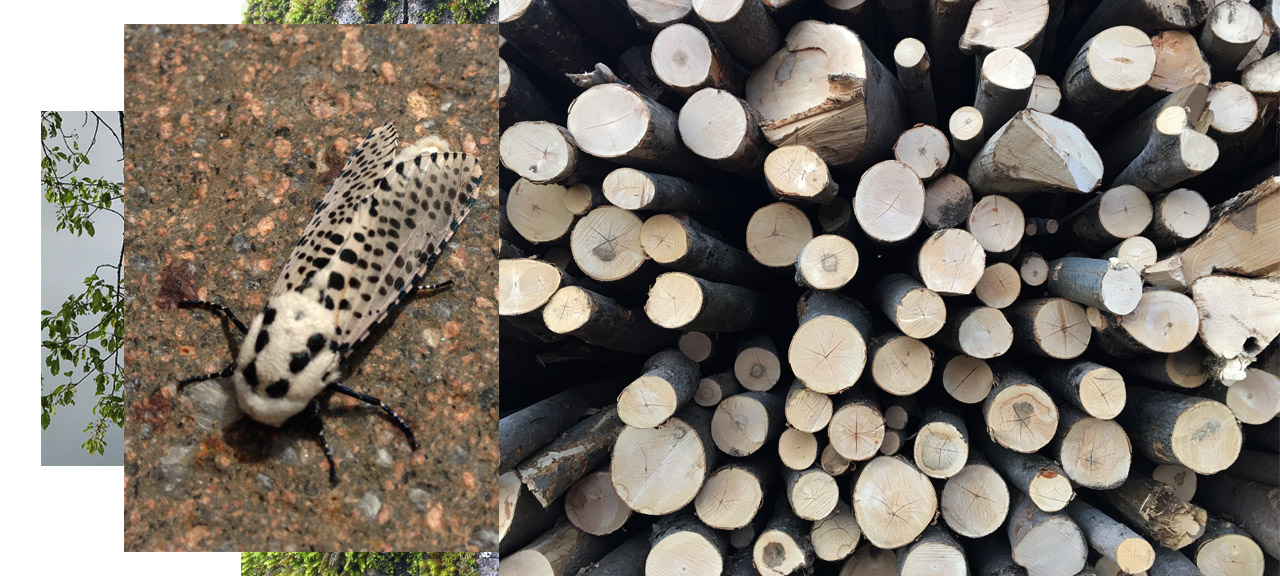

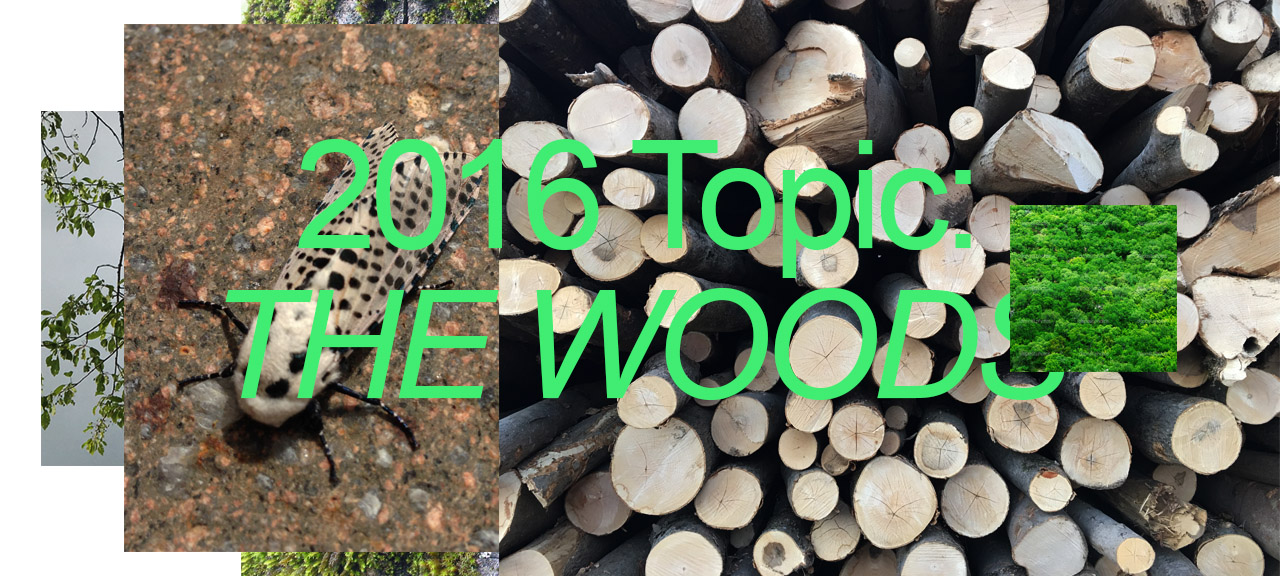
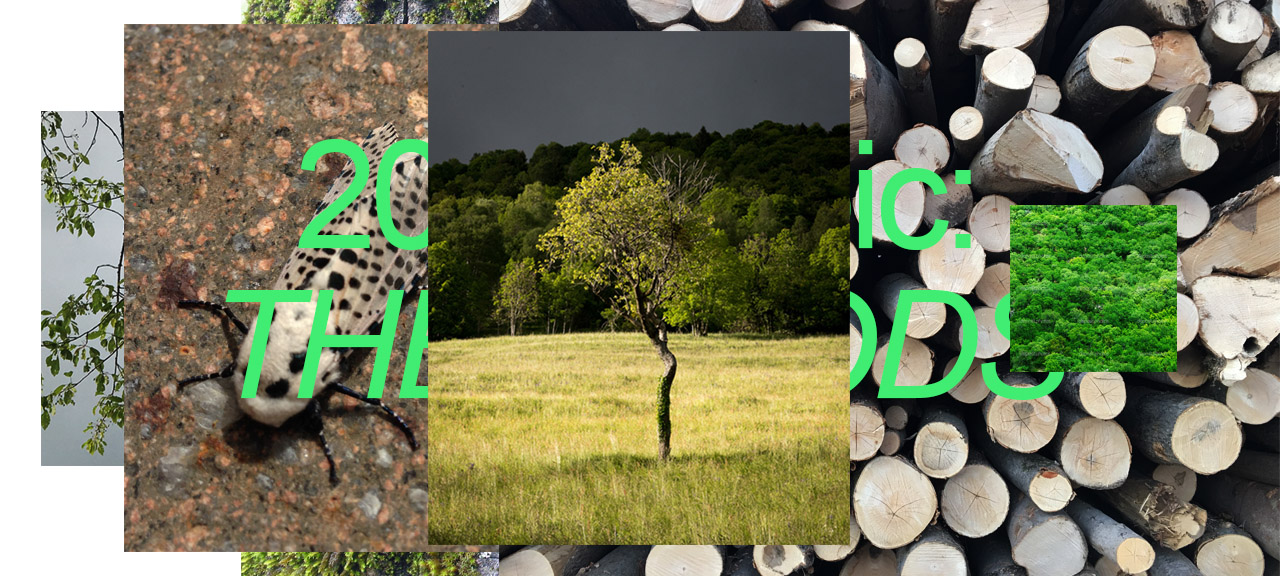
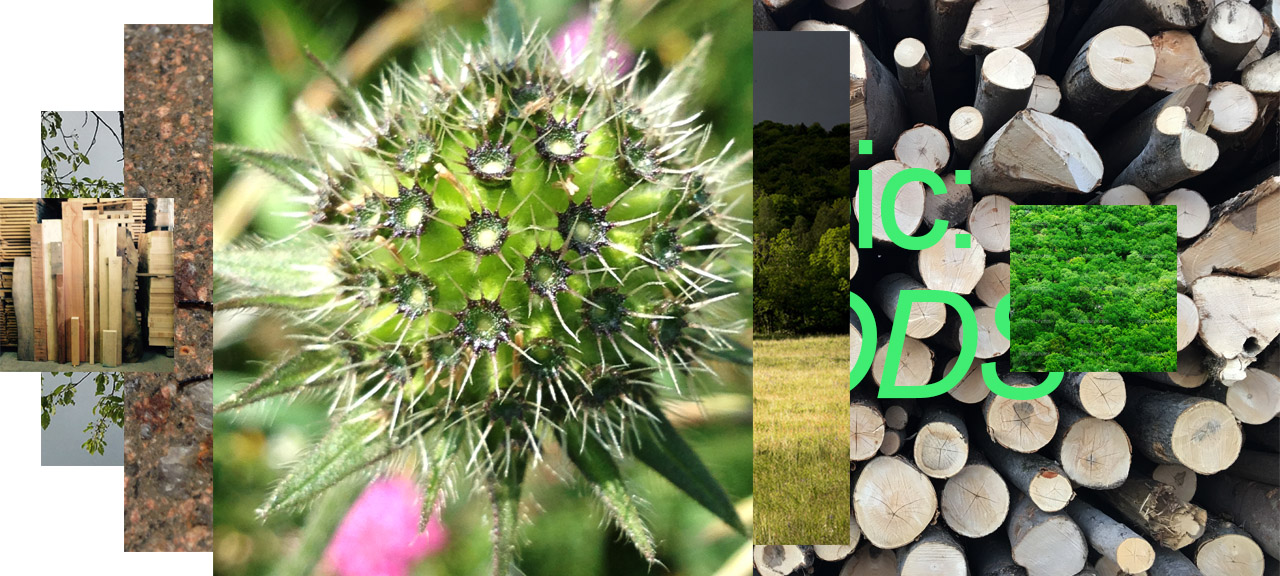
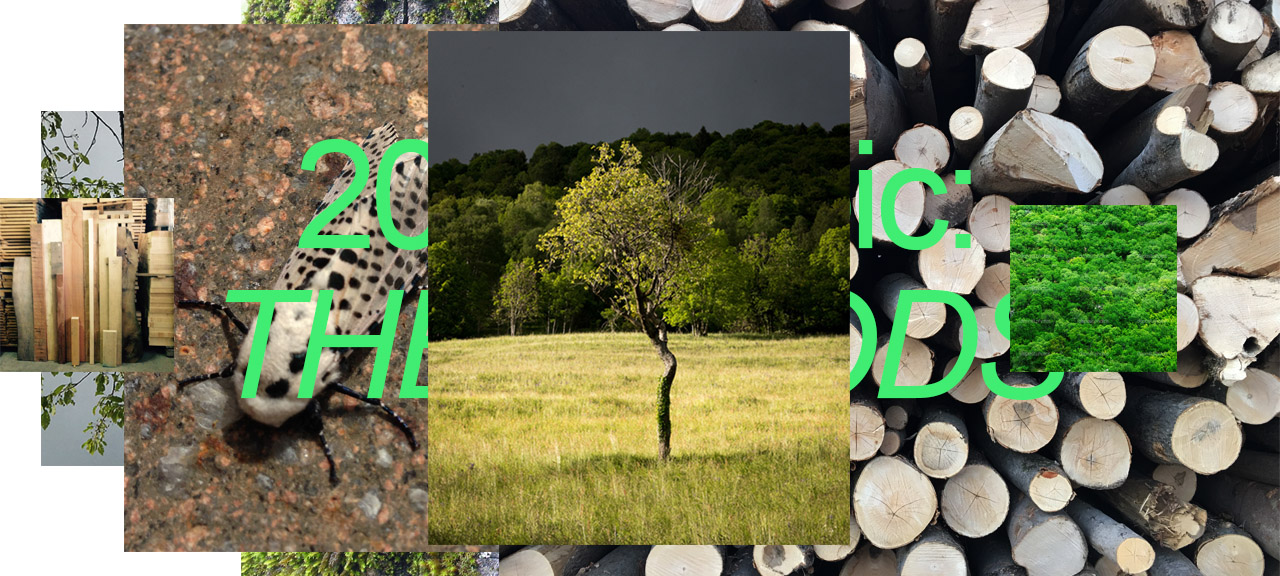
2016
The Woods
The NAHR 2016 summer residency focused on THE WOODS - RESILIENCY IN NATURE. “The Woods,” as a primary natural feature, represents a renewable yet depleting resource. They help sustain life on Earth by filtering the air and providing the planet’s oxygen, they stabilize the soil and offer shelter and nutrients to animals; they are widely used as a material for human housing, for building furniture and tools, to provide energy and indoor heating. While becoming globally scarce due to deforestation and mismanagement, the woods represent a thriving habitat of the Taleggio Valley encompassing a mix of biotic and abiotic components, such as flora, fauna, minerals, microorganisms, water, light, atmosphere, and soil.
The richness of woodland ecosystems, which constitute 50% of the Valley territory, has was selected as topic of NAHR 2016. They are literally and metaphorically fertile ground for exploration and creative design to inspire and encourage residency projects and works at large. Residents may gather inspiration from the unique forms and structures of tree trunks and canopies, the phototropic properties of leaves, the life supporting properties of the underground fungal network, or the symbiotic relationships among the hosted animal species.
In addition to being a vital component of Earth’s function, the woods can also represent the magic of a poetic evolution: seasonal changes, light reflections, molding shapes, historical and traditional arts & crafts legacy, and cultural identity. The current pressing climatic threats push for deep rethinking of the environment, by challenging creative minds to produce innovative interpretations intrinsically inspired by nature: those projects would be able to elicit awareness and emphasize the human contribution to the natural enhancement.
I boschi
La residenza estiva del NAHR 2016 si è concentrata su THE WOODS - RESILIENCY IN NATURE. "The Woods", come caratteristica naturale primaria, rappresenta una risorsa rinnovabile ma allo stesso tempo esaurente. Aiutano a sostenere la vita sulla Terra filtrando l'aria e fornendo l'ossigeno del pianeta, stabilizzano il suolo e offrono riparo e nutrimento agli animali; sono ampiamente utilizzati come materiale per l'edilizia umana, per la costruzione di mobili e strumenti, per fornire energia e riscaldamento interno. Pur diventando globalmente scarsi a causa della deforestazione e della cattiva gestione, i boschi rappresentano un fiorente habitat della Valle del Taleggio che comprende un mix di componenti biotiche e abiotiche, come flora, fauna, minerali, microrganismi, acqua, luce, atmosfera e suolo.
La ricchezza degli ecosistemi boschivi, che costituiscono il 50% del territorio della Valle, è stata selezionata come tema di NAHR 2016. Sono terreno letteralmente e metaforicamente fertile per l'esplorazione e il design creativo per ispirare e incoraggiare progetti di residenze e opere in generale. I residenti possono trarre ispirazione dalle forme e strutture uniche dei tronchi d'albero e dei baldacchini, dalle proprietà fototropiche delle foglie, dalle proprietà di supporto vitale della rete fungina sotterranea o dalle relazioni simbiotiche tra le specie animali ospitate.
Oltre ad essere una componente vitale della funzione terrestre, il bosco può anche rappresentare la magia di un'evoluzione poetica: cambiamenti stagionali, riflessi di luce, forme di stampaggio, eredità storica e tradizionale e artigianato e identità culturale. Le attuali pressanti minacce climatiche spingono a un profondo ripensamento dell'ambiente, sfidando le menti creative a produrre interpretazioni innovative intrinsecamente ispirate alla natura: quei progetti sarebbero in grado di suscitare consapevolezza e sottolineare il contributo umano alla valorizzazione naturale.
